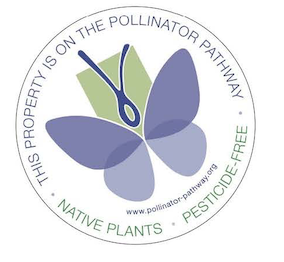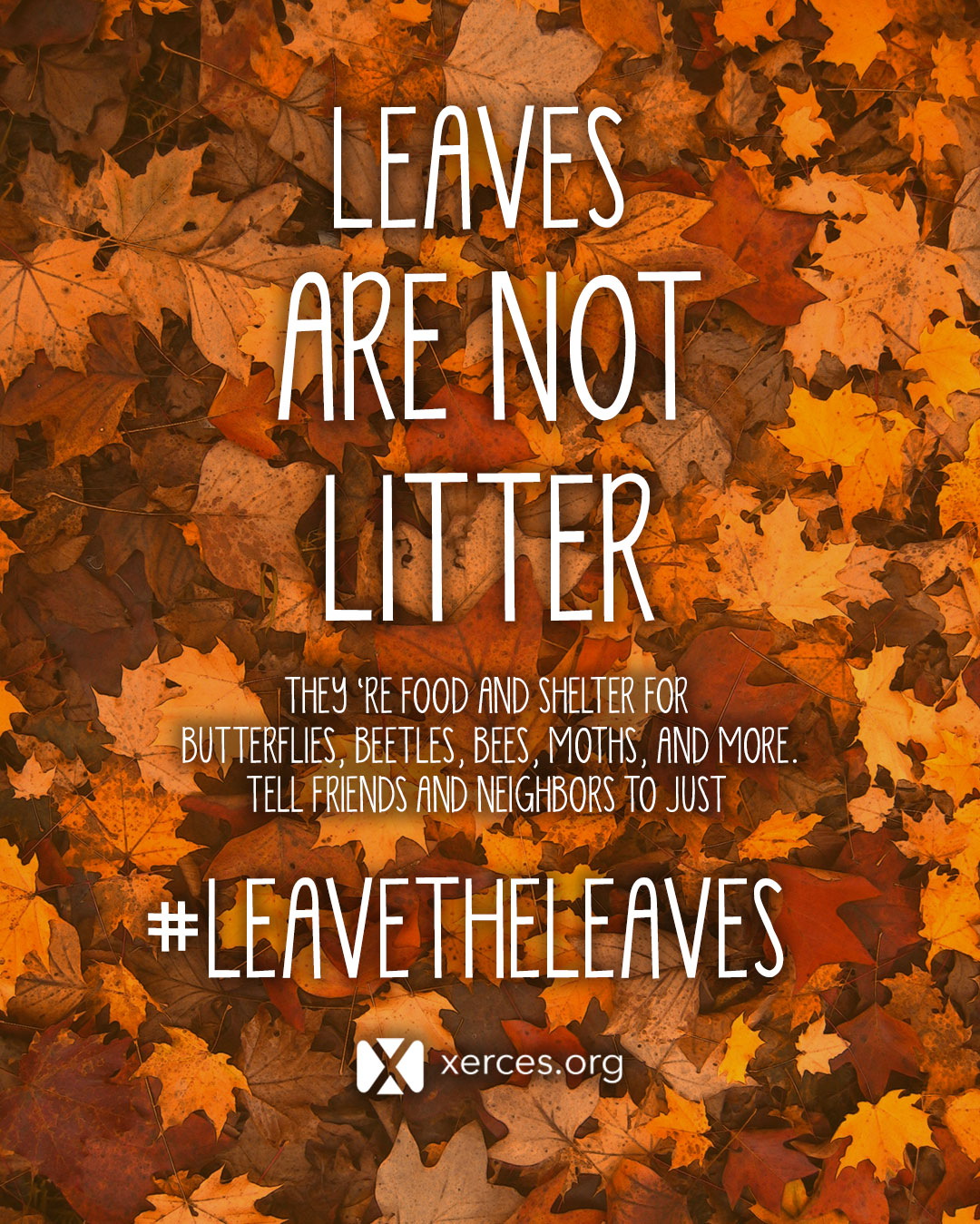 Barrington’s Pollinator Pathway is growing, join us in this exciting movement to amplify BLCT’s efforts to preserve biodiversity and bolster resiliency in our community. Visit our Pollinator Pathway page to explore resources, watch a recording of the project launch, explore an interactive map to find neighbors already on the Pathway, and add yourself if you haven’t joined yet!
Barrington’s Pollinator Pathway is growing, join us in this exciting movement to amplify BLCT’s efforts to preserve biodiversity and bolster resiliency in our community. Visit our Pollinator Pathway page to explore resources, watch a recording of the project launch, explore an interactive map to find neighbors already on the Pathway, and add yourself if you haven’t joined yet!
With the days getting shorter and temps getting cooler, you may be wondering where those fascinating pollinators you enjoyed watching this summer will spend the upcoming winter. A few well-known species like hummingbirds, monarch butterflies and painted lady butterflies will make a long migration south, but the majority of native pollinators will stay right here. That’s why the Xerces Society for Invertebrate Research has said that one of the most valuable things you can do to support pollinators and other invertebrates is to provide them with the winter cover they need in the form of fallen leaves and standing dead plant material.
The steps you take – or don’t take – in your yard this fall are just as important to pollinator well-being as the plant choices in your gardens. Autumn leaves aren’t litter to be carted away. They provide food and shelter for butterflies, bees and other pollinators.
 It isn’t just pollinators who hope you will go light on the fall clean up this year! Critters ranging from turtles and toads to birds, mammals and invertebrates rely on leaf litter for food, shelter and nesting material.
It isn’t just pollinators who hope you will go light on the fall clean up this year! Critters ranging from turtles and toads to birds, mammals and invertebrates rely on leaf litter for food, shelter and nesting material.
Leaving leaves doesn’t mean you need to leave them right where they fall. You can move the leaves (ideally with a rake or broom) from places you don’t want them like walkways and lawns into garden beds. If you find you have too many leaves for the garden beds, then it might be time to convert a bit more lawn into a new pollinator garden! But for now, you can simply find a spot to pile the extras out of the way. Leaves in the garden create a perfect layer of mulch. They suppress weeds as they break down and enrich the soil, providing the best fertilizer nature has to offer.
If you have a regular landscaper who typically removes the leaves, this is a great opportunity to start a conversation with them about your new plan to leave the leaves in your garden space, not truck all that valuable material away!
We encourage you to share this article, or the following articles with a friend or neighbor interested in helping to grow the pathway. We can all play a part in this important work, creating and linking our garden spaces to build crucial habitat corridors for wildlife and pollinators.
Leave the Leaves to Benefit Wildlife, Xerces Society for Invertebrate Research
Leave the Leaves Alone, Ecori.org
Why You Should Leave the Leaves, National Wildlife Federation
